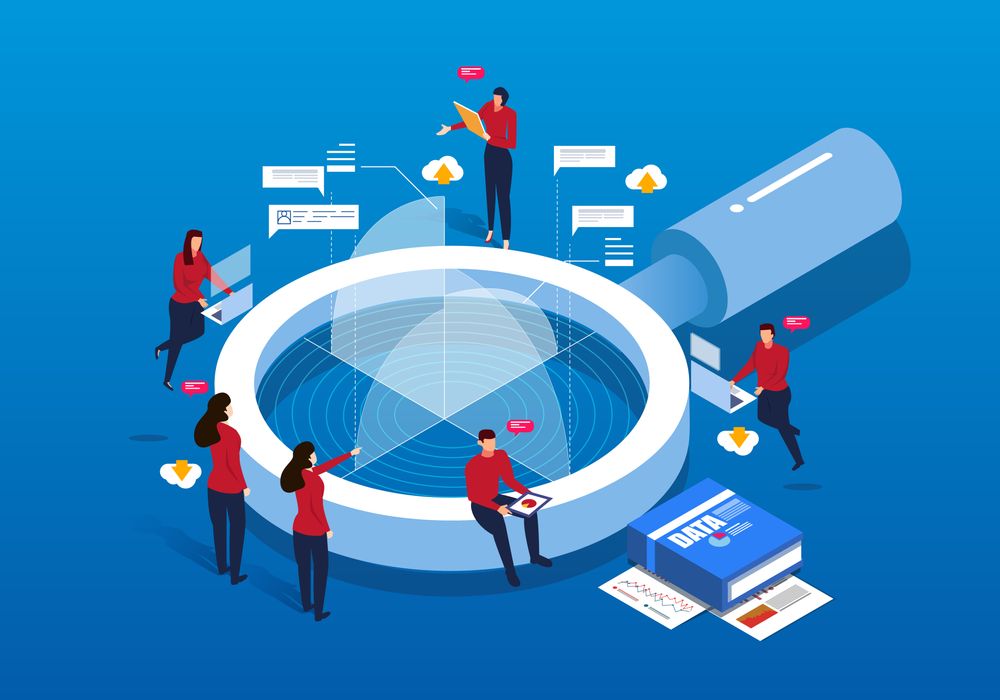
The healthcare sector has always been at the forefront of adopting innovative technologies to improve patient outcomes, streamline processes, and reduce human error. The growing influence of NLP in healthcare industry is reshaping the way medical data is collected, interpreted, and utilized, creating a future where care is more efficient, accurate, and patient-centric.
NLP In Healthcare Industry
Clinical documentation
Traditional record-keeping often consumes valuable time for doctors and nurses. With NLP-powered systems, clinical notes can be transcribed, categorized, and stored automatically. This reduces administrative workload and allows practitioners to dedicate more attention to patient care.
Diagnostics & decision-making
By analyzing patient histories, lab results, and imaging reports, NLP tools assist physicians in identifying potential risks and recommending suitable treatments. Faster and more reliable diagnostics lead to improved outcomes and timely interventions.

Streamlining patient communication
NLP-driven chatbots and virtual assistants help patients schedule appointments, receive medication reminders, and access medical advice. These tools not only save time but also enhance the overall patient experience by offering instant support.

Accelerating medical research
Healthcare research involves massive volumes of data from clinical trials, scientific journals, and case studies. NLP makes it possible to analyze this information quickly, enabling researchers to uncover new treatments, detect patterns, and make discoveries faster than ever before.

Predictive analytics
NLP helps in identifying trends and forecasting potential health conditions, allowing early preventive measures. This proactive approach benefits both patients and healthcare providers.

Conclusion
The revolutionizing effects of NLP in healthcare industry highlight the crucial role of artificial intelligence in transforming modern medicine. By bridging the gap between unstructured data and actionable insights, NLP is driving efficiency, accuracy, and patient-focused innovation. Its continuous evolution promises a future where healthcare delivery is faster, more precise, and more compassionate.

